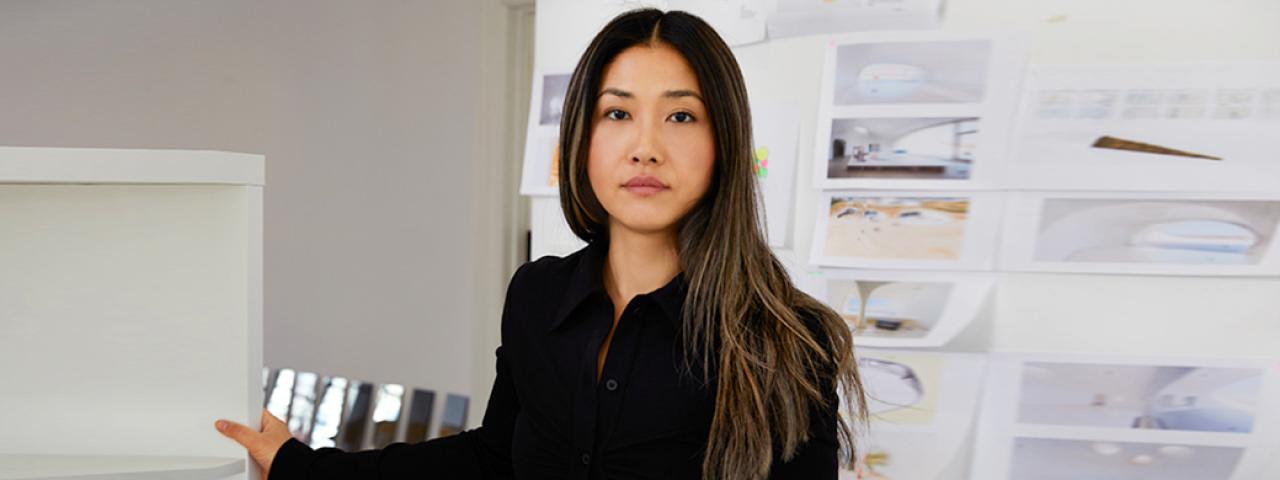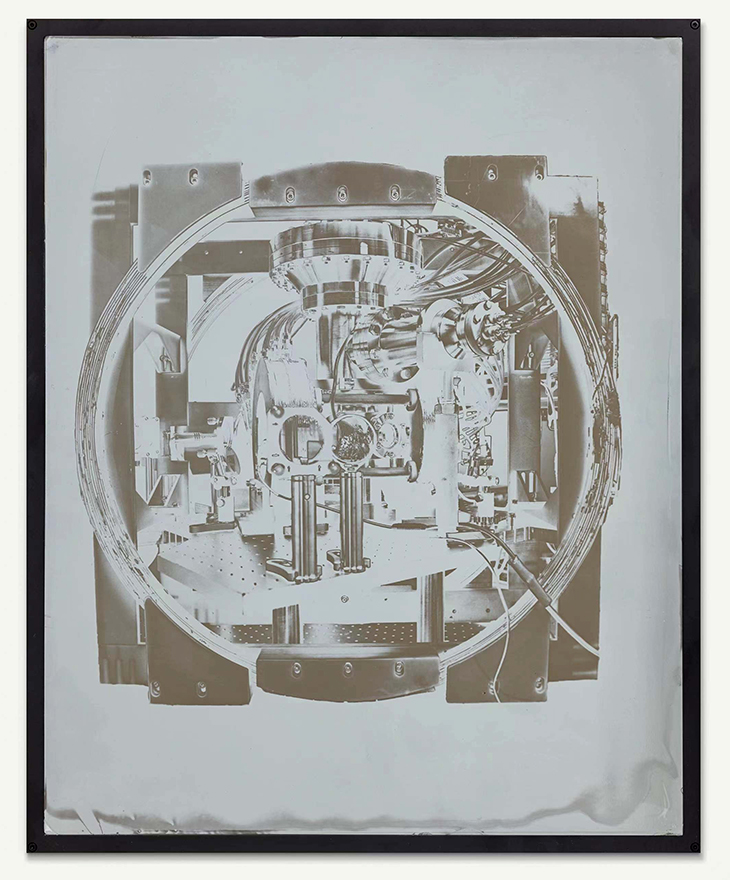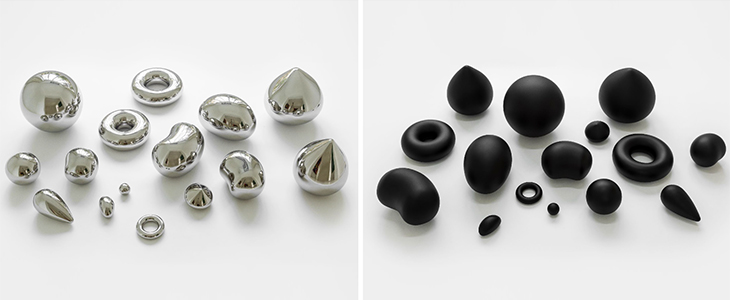
Capsule Shanghai gallery will present Assistant Arts Professor Alice Wang’s solo project Quantum Dream Machine in the Discoveries sector at this year’s Art Basel Hong Kong, held March 21-25. Wang, whose art combines the intricacies of the real and the imaginary, visual art, and science has been a professor at NYU Shanghai since 2018.
What inspired you to create the works for the Quantum Dream Machine?
The project began last summer when I saw a photo of the IBM quantum computer, which resembled an otherworldly crystal chandelier. Scientists say that the quantum computer is like a reality machine that can be used “to train the universe to answer [almost all of] our questions.” An image of a crystal ball immediately sprung to mind.
Quantum computers have the potential to model reality in a range of speculative scenarios, including weather systems, viral behavior, and information networks. Quantum computers bridge our classical world with the subatomic realm; it occupies a space between the real and the imaginary, which is also where my work resides.

Wang’s photo of the quantum computer from Tim Byrnes’ lab.
Alice Wang
Untitled, 2023
wet plate collodion on two-way mirror glass sheet, stainless steel frame
39.2 x 31.7 x 2.1 cm
Courtesy of the Artist and Capsule Shanghai.
How did you combine quantum computers with art?
The quantum computer uses subatomic particles, or nature at its most fundamental level, to encode information and make calculations. My work uses natural materials in sculptural forms to reconfigure the notion of nature beyond our common sense perception of reality that extends into the larger context of outer space. Having explored matter in scales endlessly vast, I am now diving into the realm of the infinitesimally small. Nature is not limited to terrestrial landscapes and lifeforms in the geocentric Newtonian world, but includes planets, black holes, electrons, protons, as well as other celestial and quantum entities.
I got in touch with my colleague at NYU Shanghai, physics professor Tim Byrnes, who runs the NYU Quantum Technology Lab. I got a tour of his lab, spoke to the scientists there, and saw the quantum computer that they are currently building. Through conversations with Tim, I got to know the material process of their research; he helped me understand and crystallize the idea for my project.
Inspired by the material process of encoding physical matter, the first body of work emerging from my research into the quantum computer is based on the hydrogen electron.
What do your sculptures represent?
My sculptures represent what these electrons would look like and plays with the idea of entanglement — if you entangle two objects, they exist in different parts of the universe, but still are able to communicate instantaneously and share a state. The pieces on display at Art Basel represent the twins - the mirror finish ones reflect all light while the matte black counterparts absorb all light. The work also implicates the audience in its entangled relationally, activating their memory and imagination. Seeing one form triggers the mind to conjure its inverted twin, and in an instant, one is transported into the quantum dimension.

Alice Wang
Untitled, 2023
stainless steel, matte black and mirror finish
15 pairs, dimensions ranging from 6.3 x 6.3 x 6.3 cm to 35.4 x 35.4 x 35.4 cm
Courtesy of the Artist and Capsule Shanghai
What do you tell your students who want to pursue art professionally?
I often tell my students that like them, I studied computer science, a very useful degree; but following that career path was not an intrinsic motivation, I did it to satisfy my parents and the people around me. In many ways, it became much harder to do it than to follow the vision I had for my life. However, it took me years to figure out and refine the vision, and it is an ongoing process. Be disciplined and stay committed, it’s a marathon.
Art can sometimes feel inaccessible. How do you recommend people approach contemporary art?
When I was a computer science undergraduate student, I went to galleries and museums because I was curious, but would walk away without having a clue as to what was going on. That is normal, and it’s okay. But what's going to keep you going hopefully will be your curiosity and openness: ‘I don't know what's going on, but I'm curious, I want to discover, I want to understand.’ That's when you start to peel back the layers and begin to explore what is going on.
What other projects do you have going on?
Right now I’m working on a solo exhibition at the UCCA Dune Museum of Art opening in October. It’s a survey of my work from the last 10 years as well as a new commission. The works for Art Basel Hong Kong will travel to Reykjavík, Iceland this summer.

UCCA Dune in Beidaihe, photo courtesy of Architect Magazine

